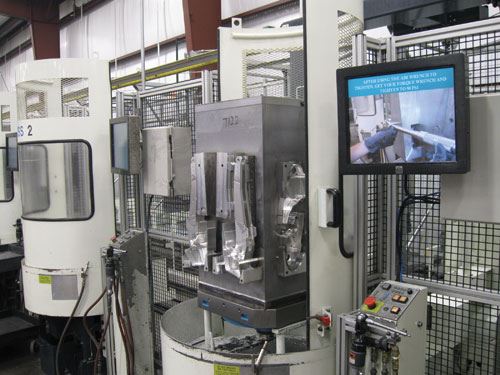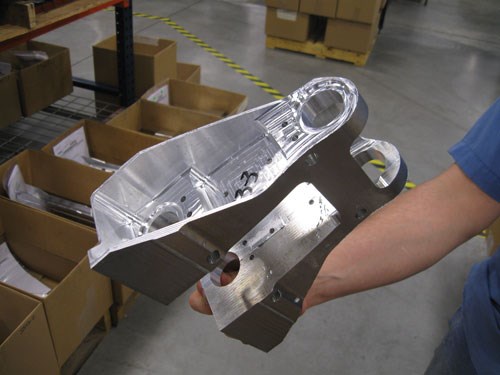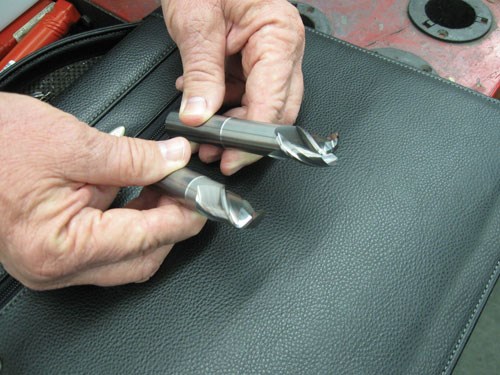Make Maximum Use of the Magazine
This shop streamlined its selection of cutting tools to machine a number of parts on a pallet system. Cutting down on cutters delivered other benefits as well.
Share





How do you get 60 tools to run 142 part numbers? For Precise Machining & Manufacturing of Tulsa, Oklahoma, answering that question was key to dramatically improving productivity in the production of aluminum aircraft parts.
Still another benefit relates to optimizing the process. A shop that routinely uses hundreds of tools probably does not have a hope of understanding all of them well. But when a much smaller number of tools do most of the work, the shop is much better able to understand each of them. With just three tools doing much of the pallet system’s milling, Precise has been able to learn precisely what speed and feed rate it can achieve from each of these tools in various cutting conditions, and what tool life to expect. Because these few cutters are so vital, the shop has been able to maximize the value it gets from each one.
Related Content
Translating a Prototyping Mindset to Production
The experimental mindset that benefited BDE Manufacturing Technologies as a prototype job shop has given it an adaptable edge as a production facility.
Read MoreFour-Axis Horizontal Machining Doubles Shop’s Productivity
Horizontal four-axis machining enabled McKenzie CNC to cut operations and cycle times for its high-mix, high-repeat work — more than doubling its throughput.
Read MoreCNC Machine Shop Honored for Automation, Machine Monitoring
From cobots to machine monitoring, this Top Shop honoree shows that machining technology is about more than the machine tool.
Read MoreIncreasing Productivity with Digitalization and AI
Job shops are implementing automation and digitalization into workflows to eliminate set up time and increase repeatability in production.
Read MoreRead Next
Setting Up the Building Blocks for a Digital Factory
Woodward Inc. spent over a year developing an API to connect machines to its digital factory. Caron Engineering’s MiConnect has cut most of this process while also granting the shop greater access to machine information.
Read MoreBuilding Out a Foundation for Student Machinists
Autodesk and Haas have teamed up to produce an introductory course for students that covers the basics of CAD, CAM and CNC while providing them with a portfolio part.
Read More5 Rules of Thumb for Buying CNC Machine Tools
Use these tips to carefully plan your machine tool purchases and to avoid regretting your decision later.
Read More






























